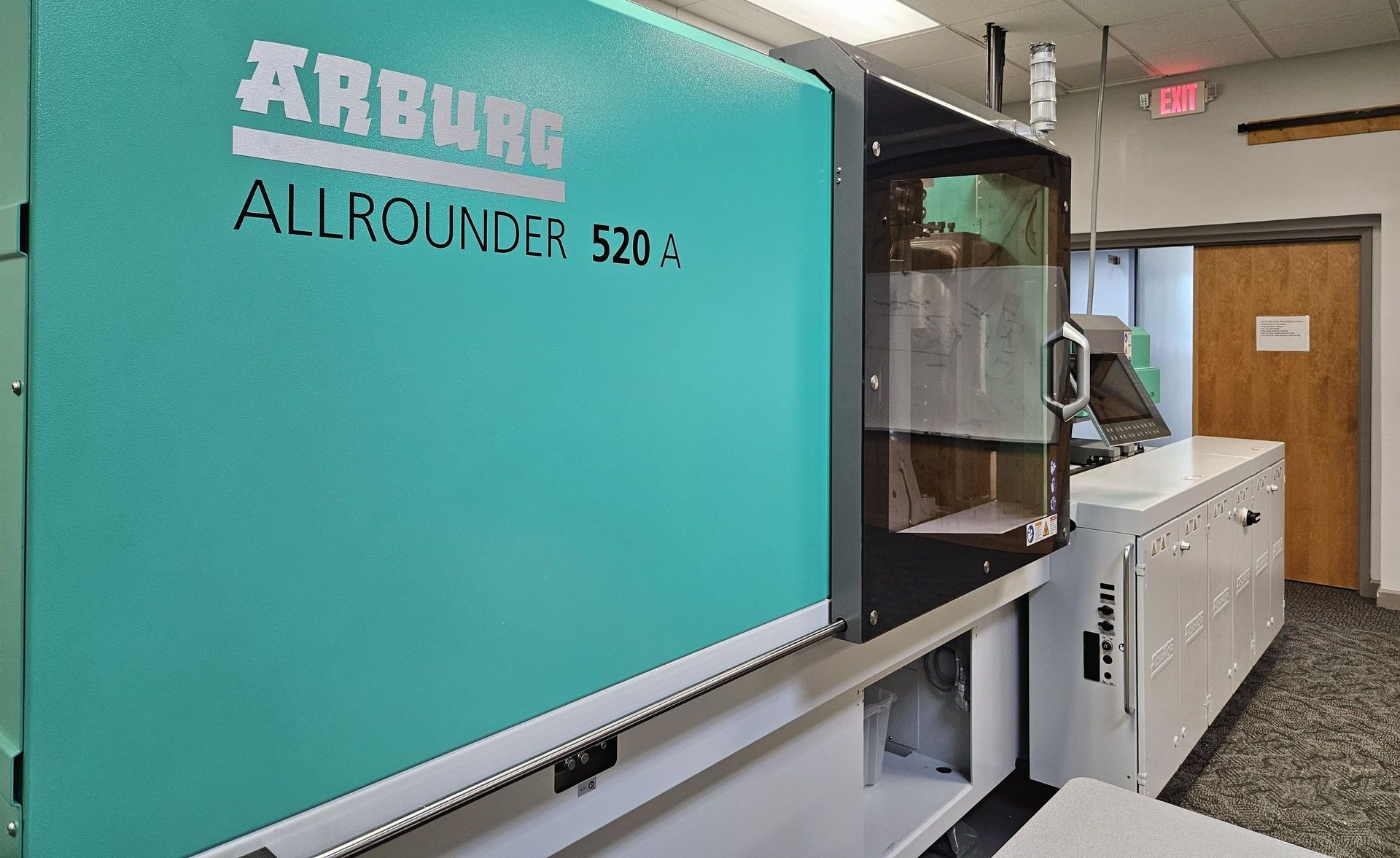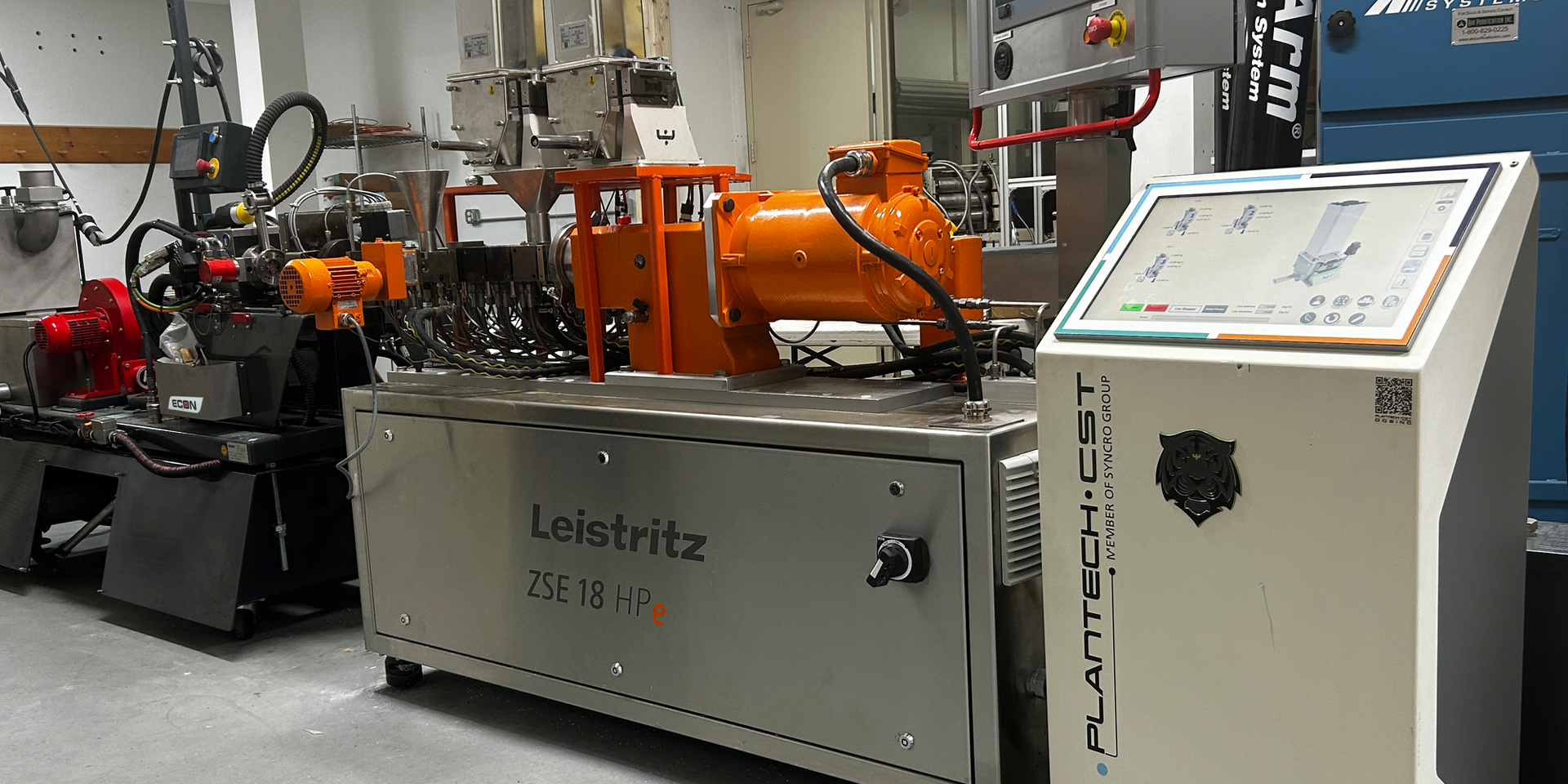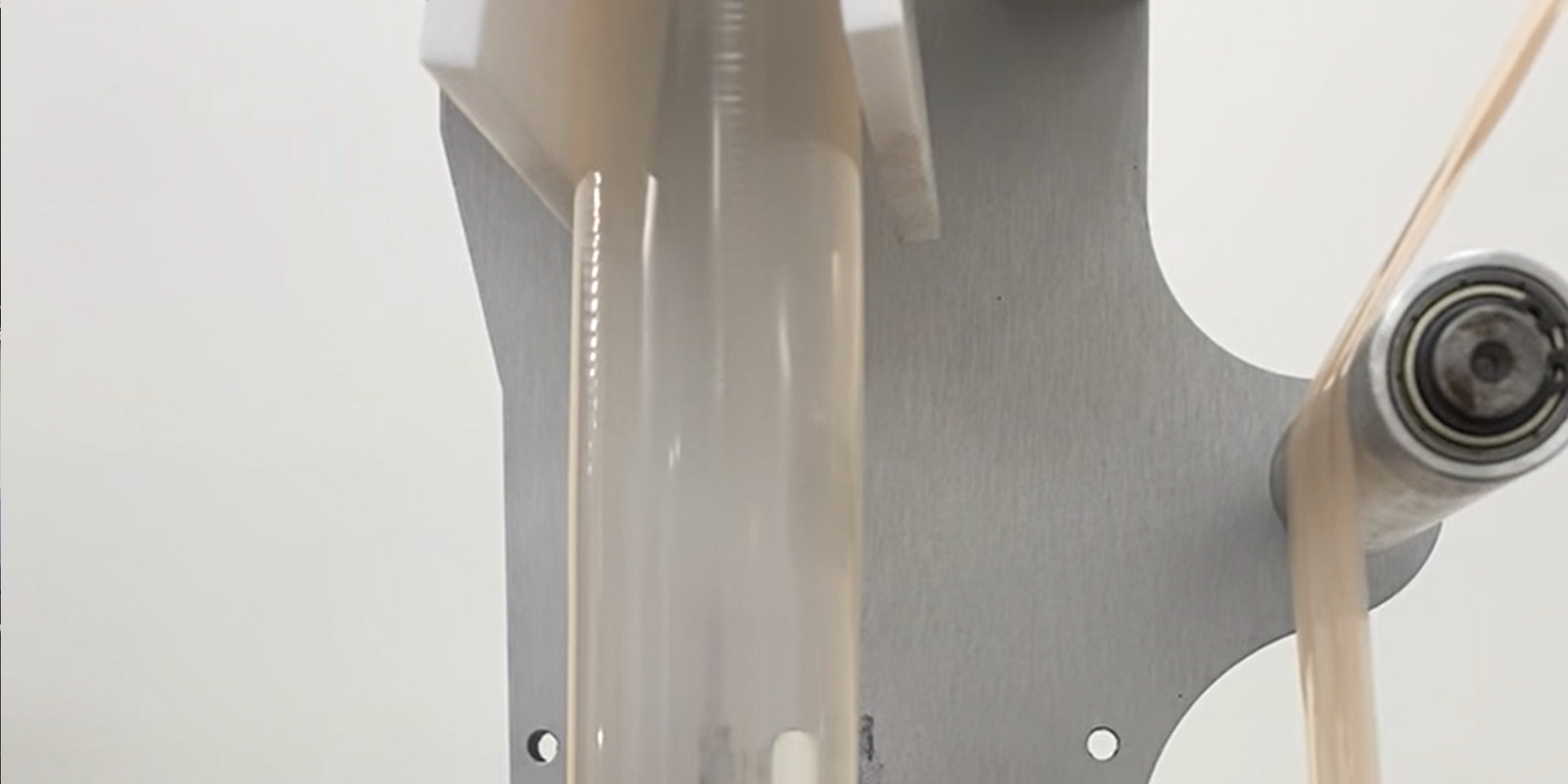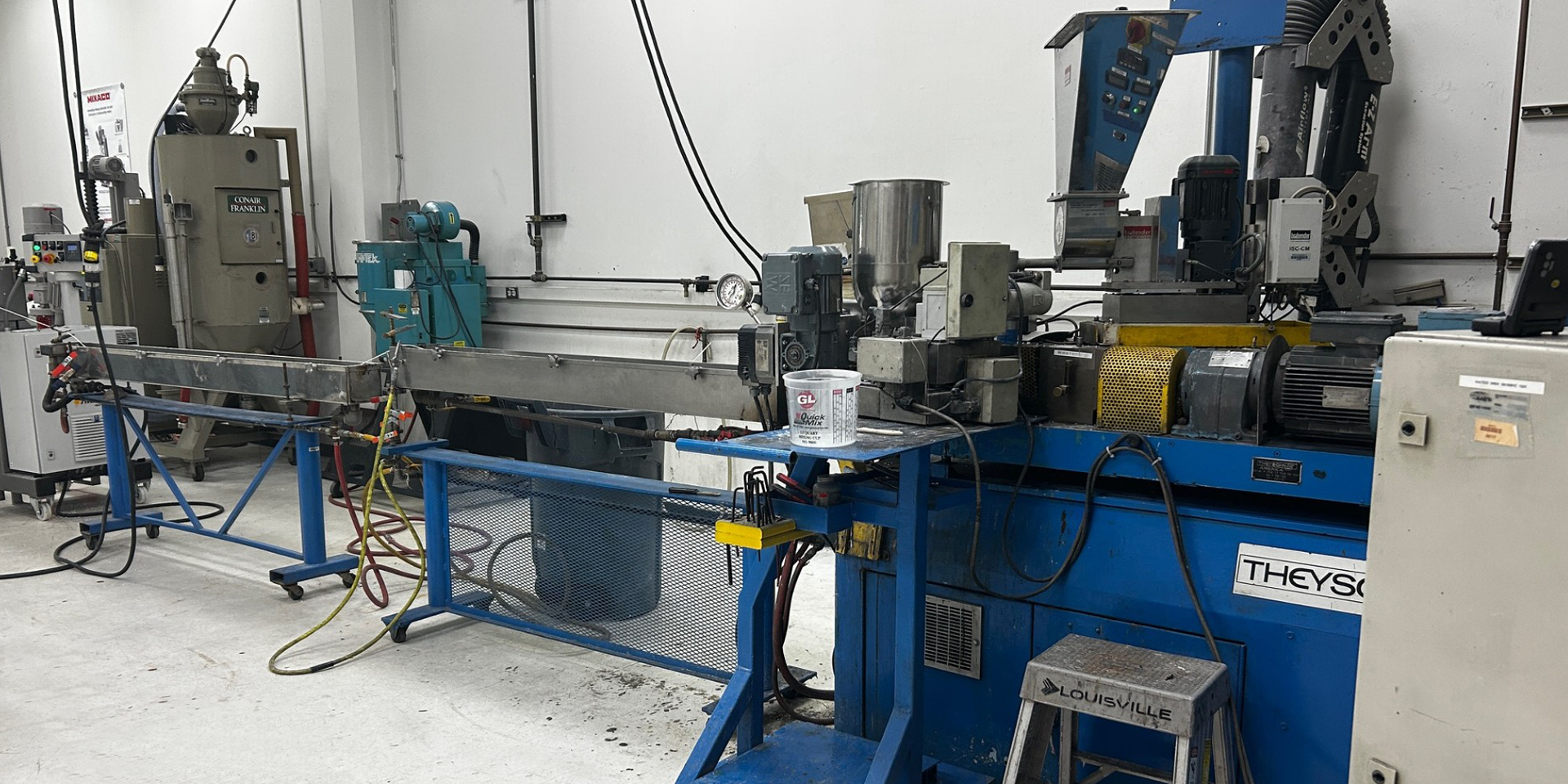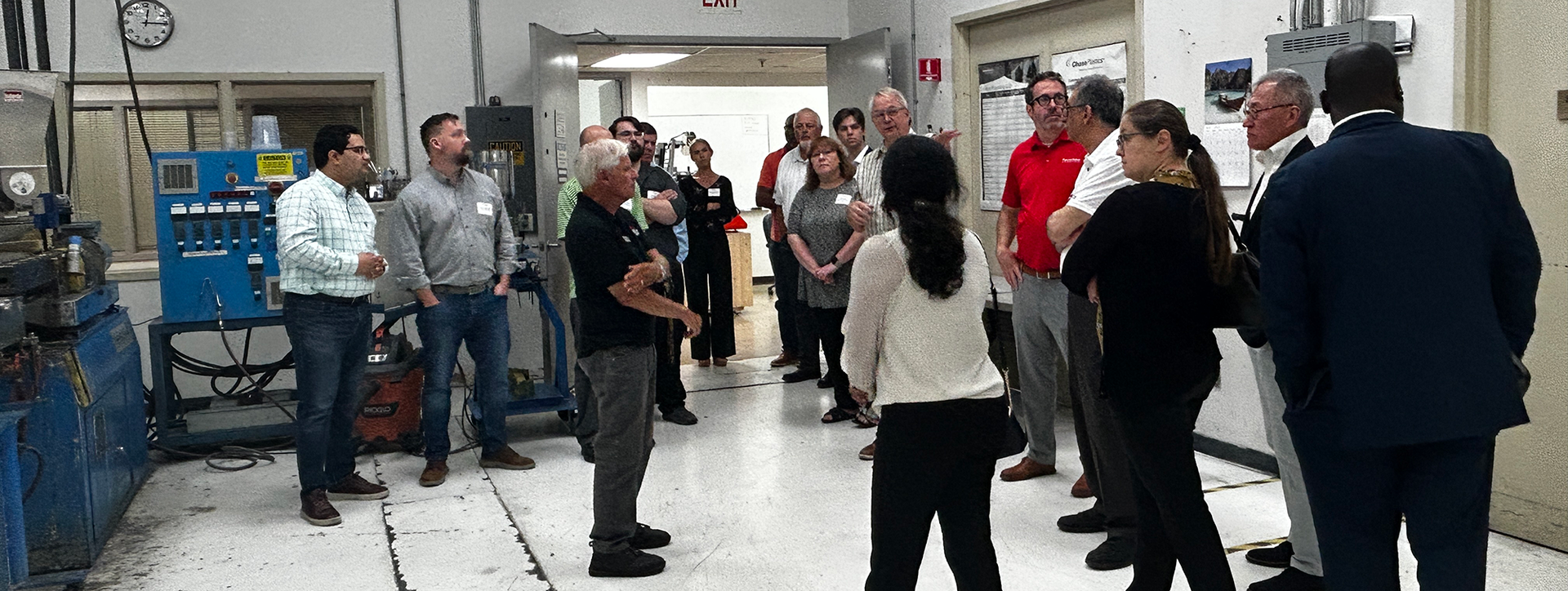Blog
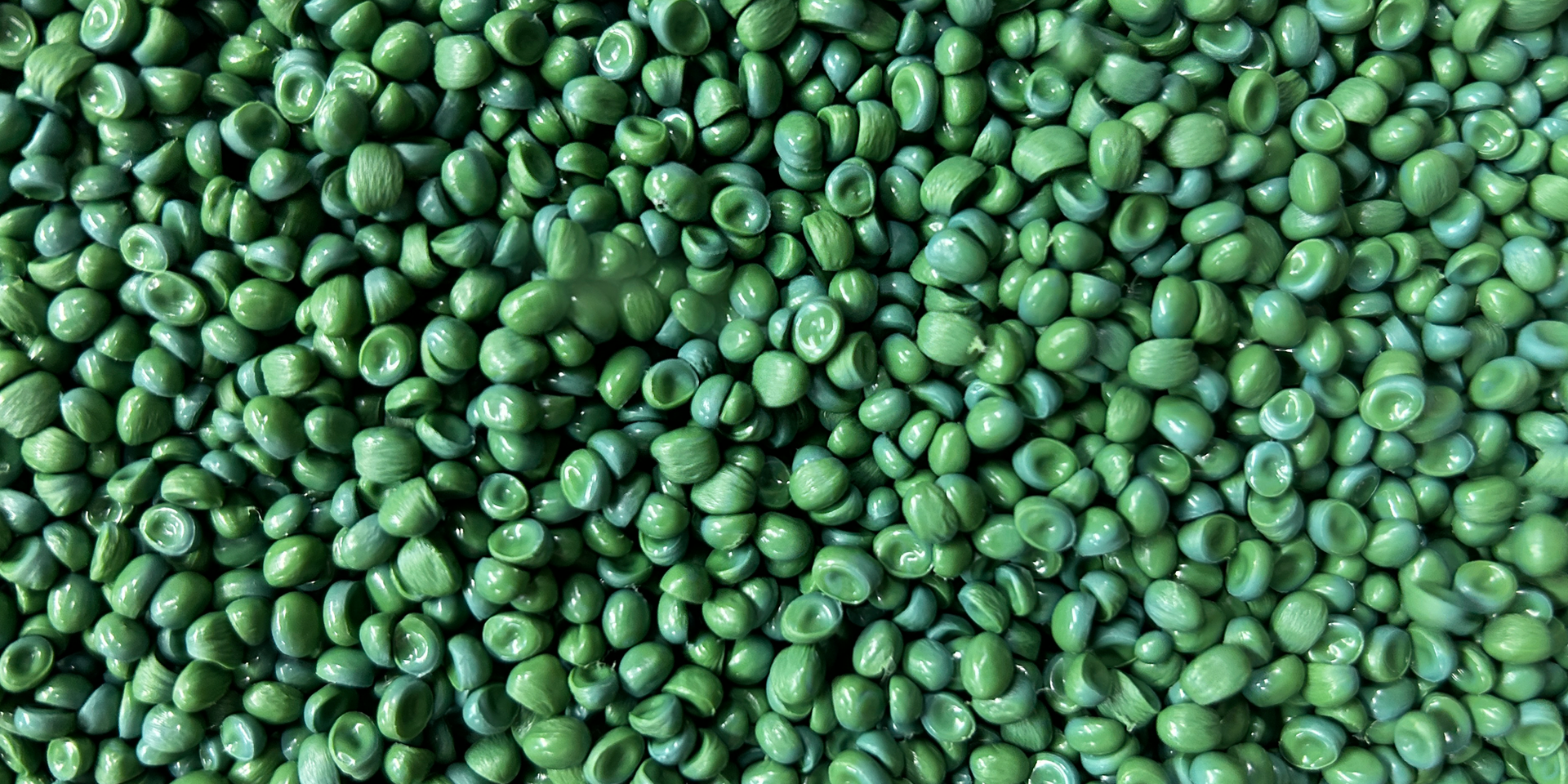
The Polymers Center continues to explore the potential of sustainable materials with another successful trial. This time, the team has produced high-quality pellets from a 98% recycled polymer material. Contact us to learn about our capabilities in polymers processing and production, our commitment to innovation, and our support of a circular economy.
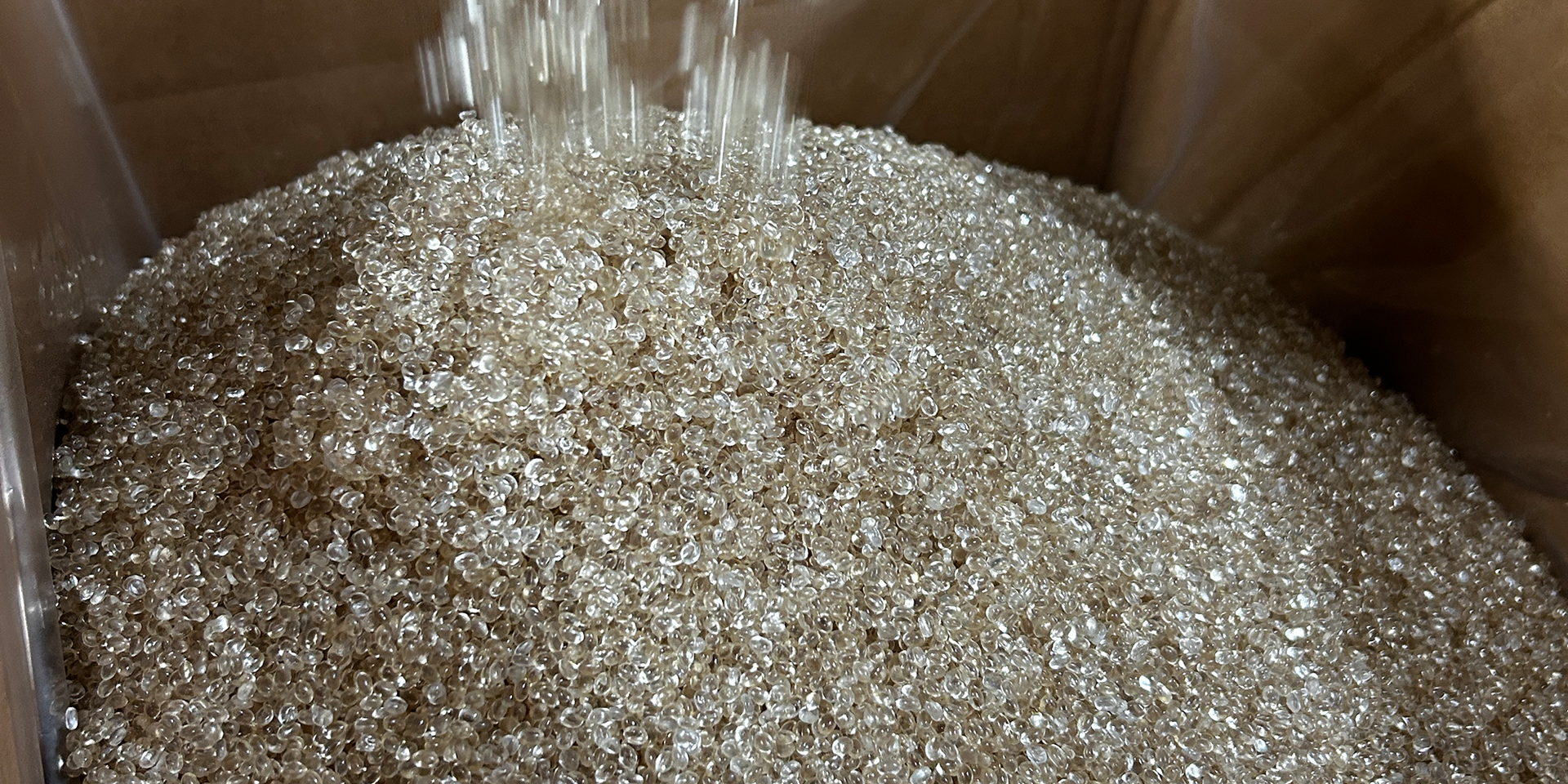
The Polymers Center continues to advance the science of specialty polymer materials, producing this unique compound with specialty liquids. Through precise control of time, temperature, airflow, and water speed, innovative materials are developed to meet industry-specific demands. Every variable plays a crucial role in ensuring product quality.
Contact The Polymers Center to learn more about compounding unique materials.



